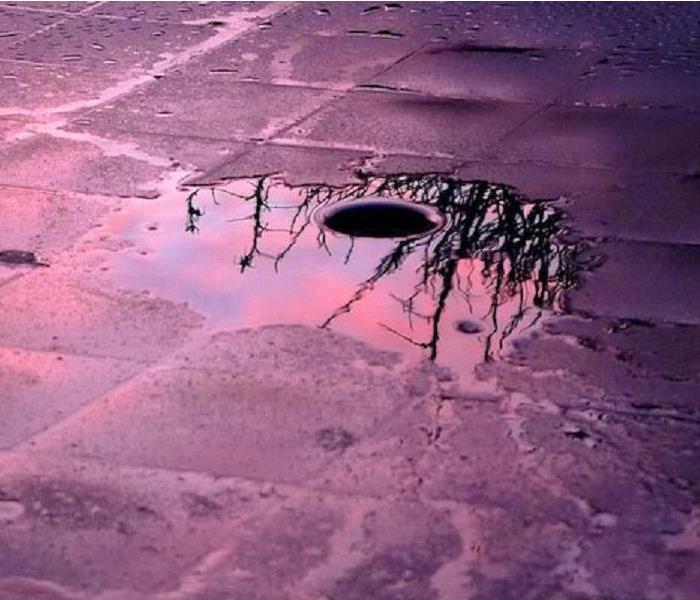These Things Could Lead to Water Damage in Your Home | SERVPRO® of Western Dutchess County
12/7/2018 (Permalink)
What is the first thing that comes to mind when you think about water damage? When thinking about water damage, severe weather is usually one of the first things that comes to mind, and while storms and flooding certainly can cause catastrophic water damage, they are often not the main culprits.
Instead, many items in your home could be responsible for many situations that result in water damage.
Water damage is something that many homeowners will face. It was the third most common reason that homeowners filed a homeowners insurance claim between 2011 and 2015, with an average payout per claim of $8,861.
There is a difference between water damage and gradual damage, which can impact insurance claims. Gradual damage is something that has been happening over time, such as plumbing issues in the walls causing damage to the walls, ceilings or floors, or water damage caused by cracks in the foundation, for example. Sadly, many claims for gradual water damage are not covered by homeowners insurance, while storm-related water damage usually is.
According to the Insurance Institute for Business & Home Safety (IBHS), the leading causes of water damage are:
Plumbing supply system failures. This happens when pipes freeze and burst due to the buildup in water pressure caused by freezing water or when the supply system material fails, resulting in leaking or bursting pipes. Per IBHS, plumbing supply system failures are the leading source of residential water damage losses, and the average cost was $5,092 per incident after the deductible. It was also found that homes 16 to 40 years of age made up a larger group of supply system material failure claims.
Plumbing drain system failures. Sewer drains can back up and overflow into a home due to drains backing up and overflowing into a home or from material malfunction issues. In their study, IBHS found that 52% of drain system failures were caused by sewer backups and 37% were related to material performance issues—and they also noted that the average drain system failure caused more expense in southern region states than in northern region states.
Toilet failures. Toilet failures are the second largest source of residential water loss after plumbing supply system failures, and can result from faulty fill valves or clogged drain lines. According to IBHS, toilet failures that happen on the first floor of a home were the reason for more extensive claims than those that happened in basements or upper floors.
Water heater failures. Water heaters only last for so long, and if your water heater has reached its life expectancy, the tank will eventually begin to rust and corrode, resulting in leaking or bursting issues. IBHS found that slow leaks or sudden bursting were the cause for 69% of all water heater failures and, on average, cost $4,444 per incident following the deductible.
Washing machine failures. Washing machine failures can typically be caused by supply hose failures, machines overflowing and drain line failures. This type of failure is listed as one of the top 10 sources of residential water damage losses. Per IBHS, supply hose failures were the culprits for over half of all washing machine-related losses.
If your home has experienced any water damage, the team at SERVPRO® of Western Dutchess County is available to help with cleanup and restoration and make it “like it never even happened.” Call us at 845-831-3600.





 24/7 Emergency Service
24/7 Emergency Service
